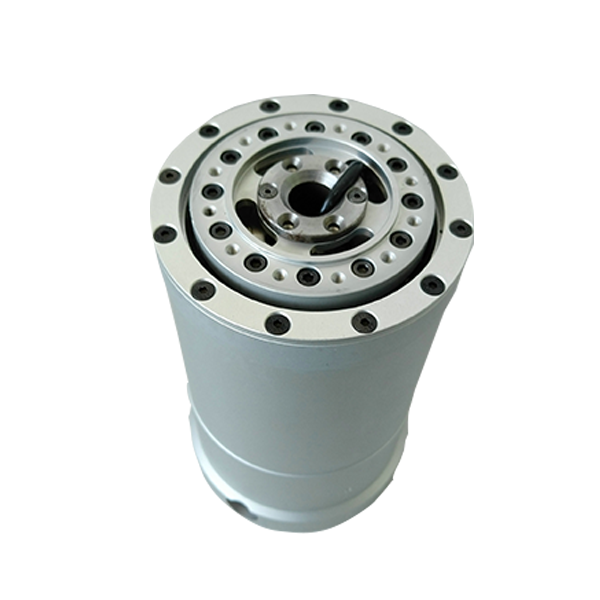full text search
Popular searches:Robot development robot modules robot project research development
As we all know, many robot companies have launched seven-axis robotic arms.
Why did we release a seven-axis robot arm? The reason is simple: six axes are enough.
It is also well known that a terminal posture of a general six-axis robot arm will correspond to several different sets of inverse solutions. However, these sets of inverse solutions are discretely distributed in the configuration space, it is generally impossible to transform one set of inverse solutions to another set of inverse solutions while ensuring the terminal posture:
In other words, if the robot's end is allowed to follow a fixed trajectory there are some impassable points (obstacles, singular points, etc.) between two points, the six-axis robotic arm will be able to complete this trajectory.
However, for the seven-axis robot, it has an additional redundant degree of freedom, there are countless sets of continuous inverse solutions in the configuration space. In other words, it is possible to avoid singularities obstacles while ensuring the terminal trajectory.
As for why we don’t make eight-axis nine-axis robotic arms, the answer is very simple. Seven axes are enough in most cases, adding joints will only reduce the rigidity of the entire mechanism.
In short, the seven-axis robotic arm is a configuration that takes into account both flexibility rigidity. Coincidentally, the human arm also has seven degrees of freedom.
So, we have another question: Why don't people start with seven axes, but mostly start with six axes? The reason is probably because people used to think that there was no analytical solution for the kinematics of a seven-axis robot arm.
We know that the robot's underlying controller needs to perform trajectory interpolation in real time. If the end trajectory is interpolated, the kinematic inverse solution needs to be calculated multiple times within a servo cycle (<1ms).
For serial manipulators, we may be able to use various numerical solutions based on Jacobi iteration in academia:
